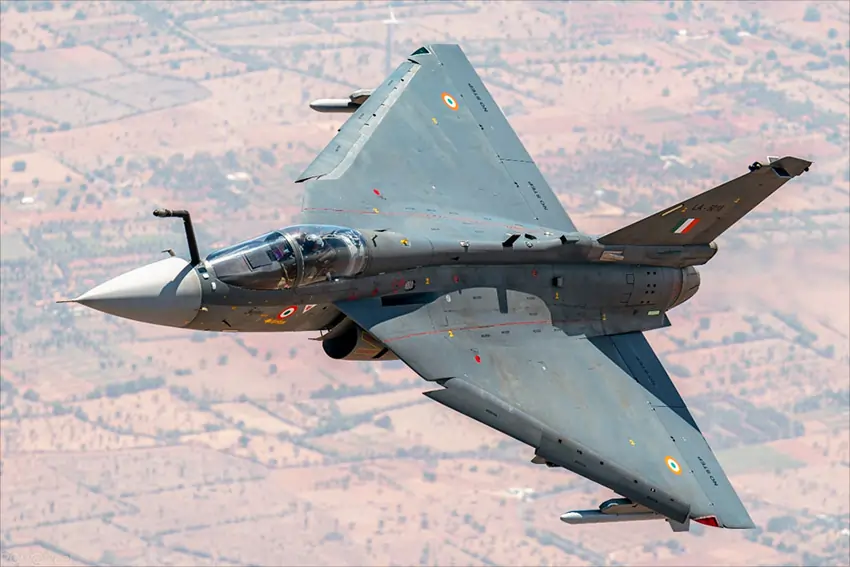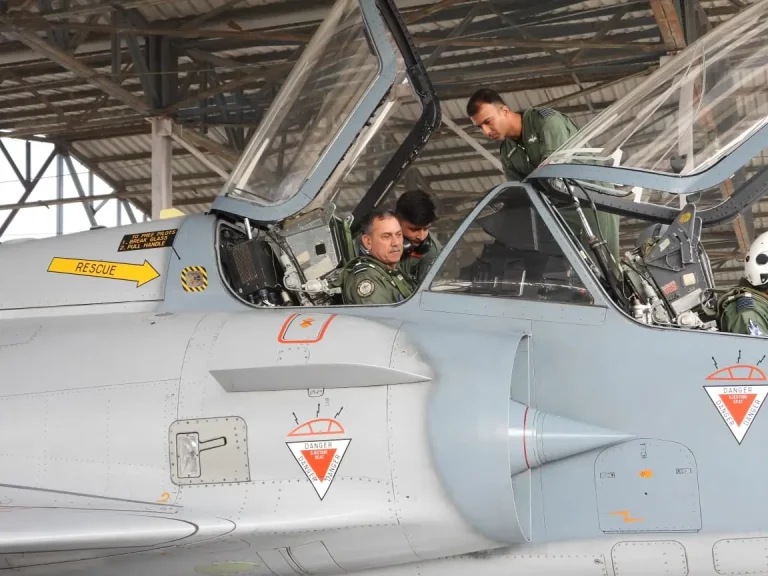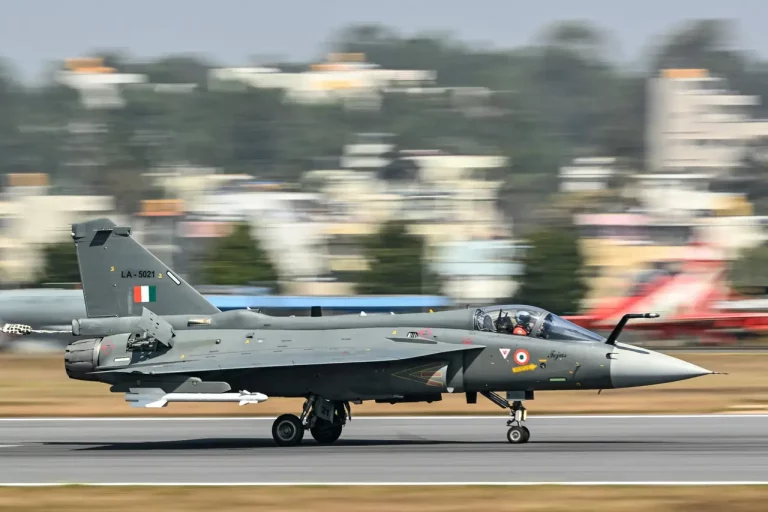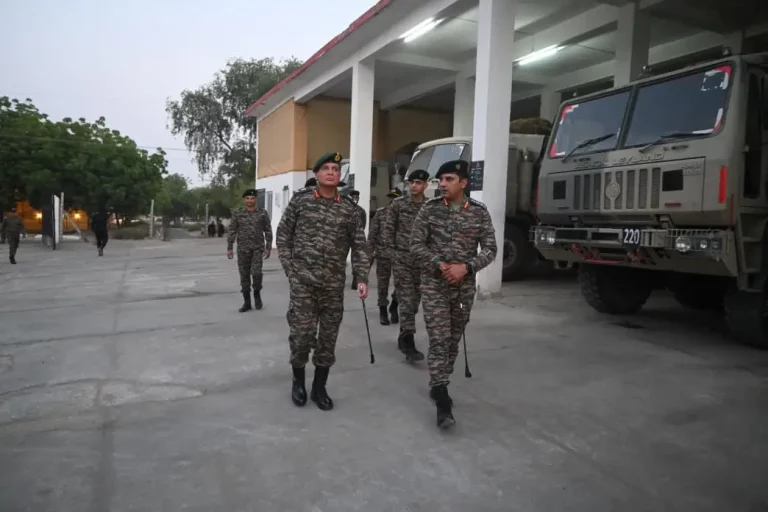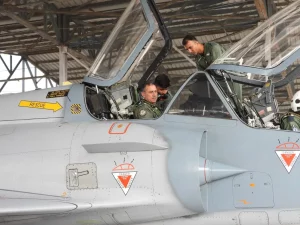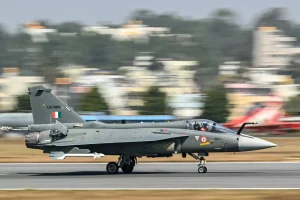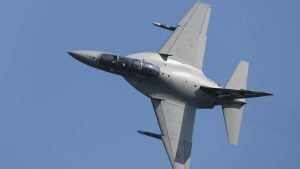Hindustan Aeronautics Limited (HAL) is set to achieve a significant milestone in India’s defense manufacturing with the inaugural flight test of the TEJAS MK-1A fighter jet. This event is scheduled to take place at HAL’s Nashik facility on October 17. This marks a pivotal moment for India’s indigenous defense sector, reflecting increased capability and self-reliance.
The Nashik unit, which is HAL’s third production line dedicated to the TEJAS MK-1A, has been strategically designed to produce up to eight jets annually. When this facility is combined with the two existing production lines in Bengaluru, HAL will have enhanced its production capacity to 24 aircraft per year.
Initially, the rollout of the jet was anticipated for May but faced delays due to technical challenges. However, recent approvals from the Directorate General of Aeronautical Quality Assurance (DGAQA) have paved the way for the Nashik facility to proceed with flight trials. The Defence Minister, Rajnath Singh, is expected to be present for this maiden flight, although official confirmation is still pending.
Production timelines were hindered primarily by the limited availability of GE-404 engines, which are crucial for powering the jets. Nevertheless, recent deliveries of these engines have enabled HAL to progress with its testing phase and fulfill its commitment to deliver the aircraft to the Indian Air Force (IAF) by the end of 2025.
The TEJAS MK-1A is classified as a 4.5-generation combat aircraft, boasting more than 40 advancements over its predecessor. Key features include the indigenous Uttam AESA radar, state-of-the-art electronic warfare systems, digital fly-by-wire controls, and improved aerodynamics that enhance maneuverability. The jet is also designed to support in-flight refueling, quicker maintenance turnarounds, and a versatile suite of weaponry, including beyond-visual-range (BVR) missiles.
Projecting 70% indigenous content in the upcoming years, the TEJAS MK-1A is poised to replace the aging MiG-21 fleet, thereby significantly bolstering the IAF’s combat capabilities. HAL aims to deliver the first two aircraft shortly after the initial flight.
Employing over 2,200 personnel, including 1,188 technical experts and 395 engineers, the Nashik division is a keystone of India’s aerospace sector. The launch of the TEJAS MK-1A not only enhances India’s fighter jet production capabilities but also underscores the nation’s ambition for technological advancement and global competitiveness in the aviation market.
The imminent flight test serves as a critical step toward achieving self-reliance in defense manufacturing, further solidifying India’s place in the international defense landscape.
